Is honey flammable? Yes, but it needs high temperatures to ignite. This article will explain the science of honey’s flammability and offer safety tips for using honey in the kitchen.
Key Takeaways
Honey is flammable, igniting at temperatures slightly above 250°F, but it requires a significant heat source due to its high moisture content.
The flame test reveals that pure honey can combust under the right conditions, but media dramatizations often misrepresent its flammability.
To safely use honey in cooking, gentle heating methods and adding honey towards the end of the cooking process can prevent burning and preserve its quality.
Understanding Flammability
Flammability refers to a substance’s ability to ignite and sustain combustion when exposed to an ignition source. A critical aspect of this is the flash point, defined as the minimum temperature at which a substance produces enough vapour to ignite when exposed to a flame. Measuring the flash point can be done using open-cup or closed-cup methods, with the latter generally yielding lower and safer flash points.
Another important concept is the ignition temperature, which is the lowest temperature at which a material can catch fire without an external ignition source. Typically, ignition temperatures are higher than flash points and are determined through controlled laboratory conditions.
Understanding these terms helps us grasp why certain substances, like honey, behave the way they do when exposed to heat.
Is Honey Flammable?
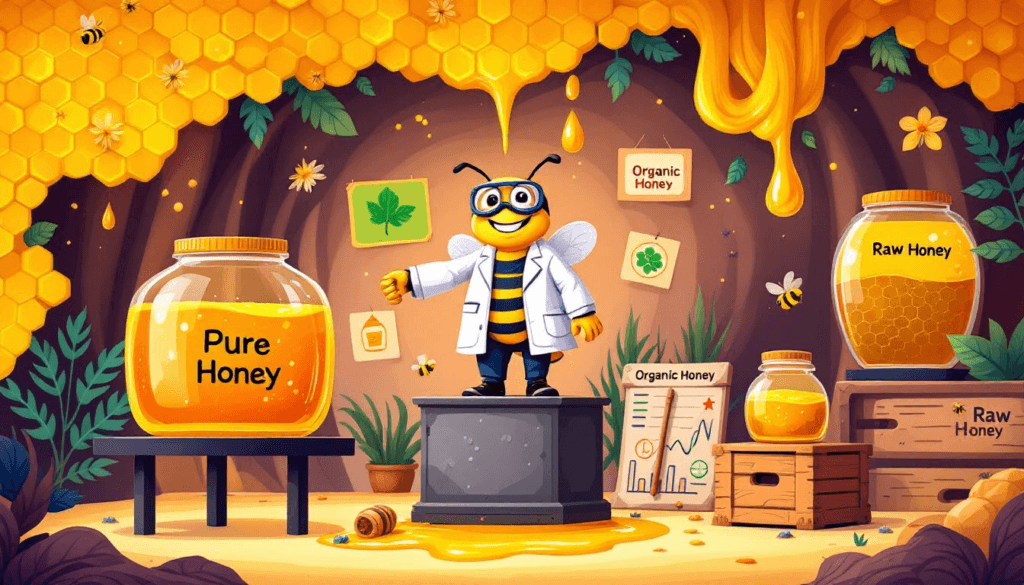
The question of whether honey is flammable can be answered with a resounding yes, but there are nuances. Honey can indeed catch fire at temperatures slightly above 250°F. This critical temperature showcases the delicate balance between safe usage and potential hazards.
Recognizing honey’s flammability is vital for both culinary and safety purposes. Awareness of its potential to ignite ensures we take precautions when using it in cooking or industrial applications.
The Flame Test
The flame test is a commonly used method to determine honey’s flammability. This test involves applying a flame to honey to see if it will ignite. In our experiments, we observed that pure honey allows the matchstick to light easily, indicating its combustibility.
The outcome of the flame test is significant as it helps us assess the flammability of honey. This knowledge is particularly useful for ensuring safe practices when heating or cooking with honey.
Combustion vs. Flammability
It’s important to differentiate between flammability and combustion. Flammability refers to a substance’s ability to ignite easily, while combustion is the process of burning when it does ignite. Honey burns but requires a high temperature to do so, making it less likely to catch fire easily.
Flammable materials ignite quickly at low temperatures, whereas honey’s combustion occurs at higher temperatures. Due to its higher ignition temperature, honey requires more heat to combust, resulting in its unique behaviour in fire situations.
Factors Affecting Honey’s Flammability
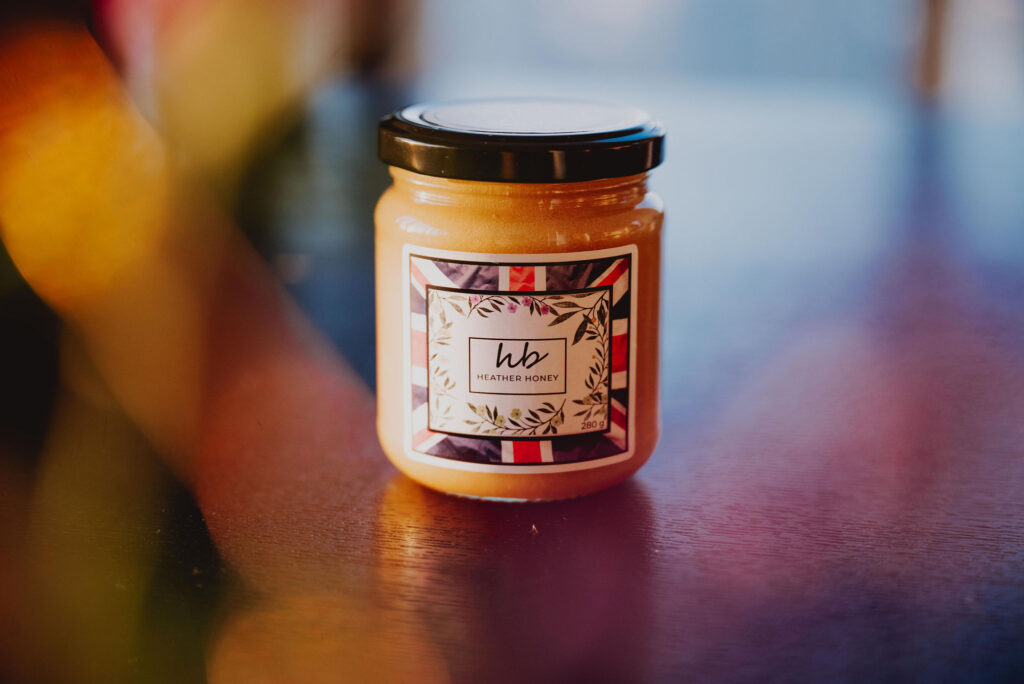
Honey’s composition, consisting mainly of sugar and water, plays a significant role in its flammability. While honey can burn, it does not ignite easily due to its high moisture content. The moisture level in honey directly impacts its potential to ignite, with lower moisture making it more combustible.
Media often dramatizes honey catching fire, but science shows that pure honey needs a significant heat source to ignite. This dramatization can lead to misconceptions about honey’s actual flammability.
Low Moisture Content
Low moisture content in honey can significantly contribute to its combustibility. While high moisture levels typically prevent honey from igniting easily, the interaction between moisture content and ignitability is a crucial factor in understanding honey’s burning properties.
Honey with a moisture content below 18.6% is significantly more combustible, enhancing its ability to burn.
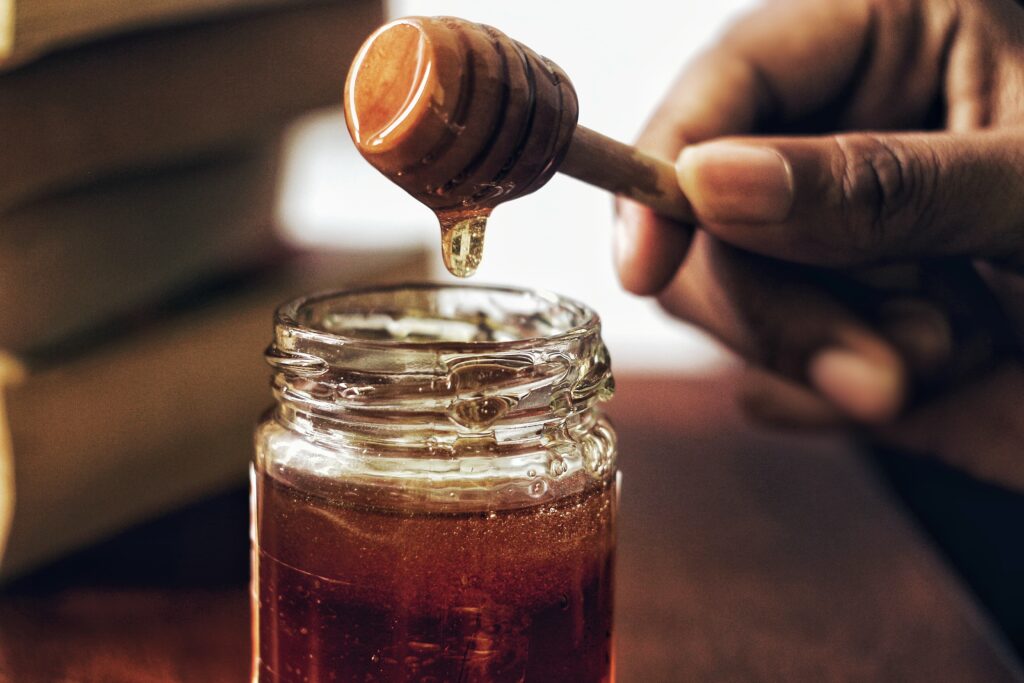
Sugar and Glucose Oxidase
The sugar content and the enzyme glucose oxidase are critical in determining honey’s burning characteristics. Glucose oxidase plays a crucial role in honey’s sugar composition, influencing its flammability.
Understanding the role of these components helps us better grasp why honey behaves the way it does when exposed to high temperatures, much like a bee.
Experiments and Misconceptions
There are many misconceptions about honey’s flammability, often fueled by dramatic media portrayals. In reality, honey’s enzyme glucose oxidase catalyzes the conversion of glucose into gluconic acid and hydrogen peroxide, both of which can influence its burning characteristics.
Scientific experiments have shown that pure organic honey can ignite easily when subjected to a flame test, debunking the myth that honey cannot catch fire.
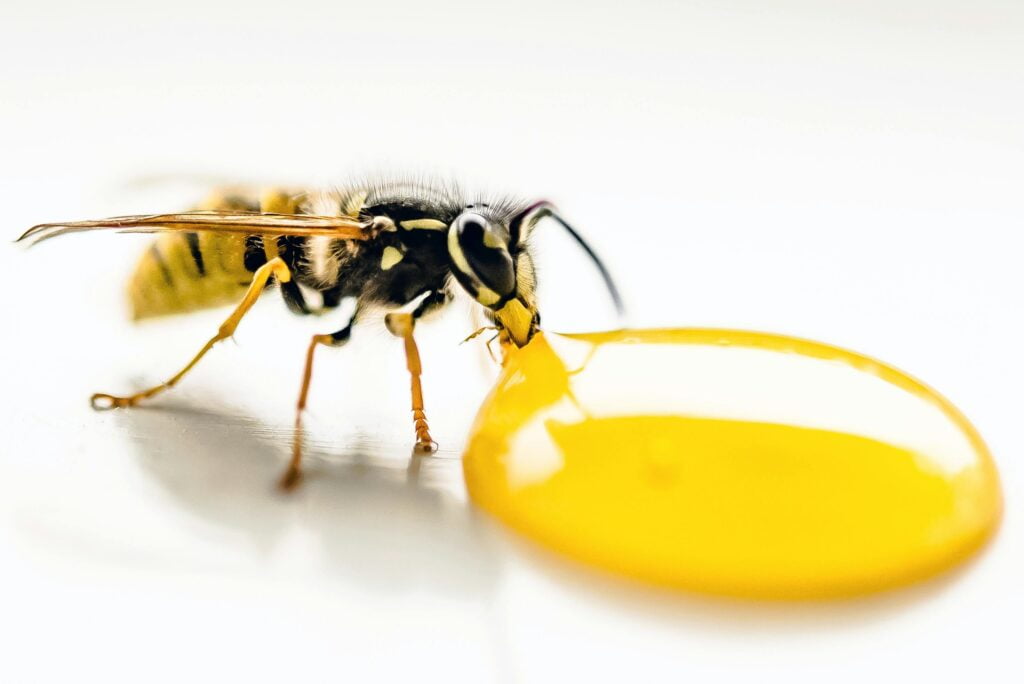
Trailer Moments
Popular media often dramatizes honey catching fire, leading to misconceptions about its flammability. Honey can be flammable, but it usually requires high temperatures and specific conditions to ignite.
Many depictions in media create misunderstandings as they don’t consider the required conditions for honey’s flammability. The combustion of honey occurs when the sugar content allows it to burn, particularly when low moisture content is present.
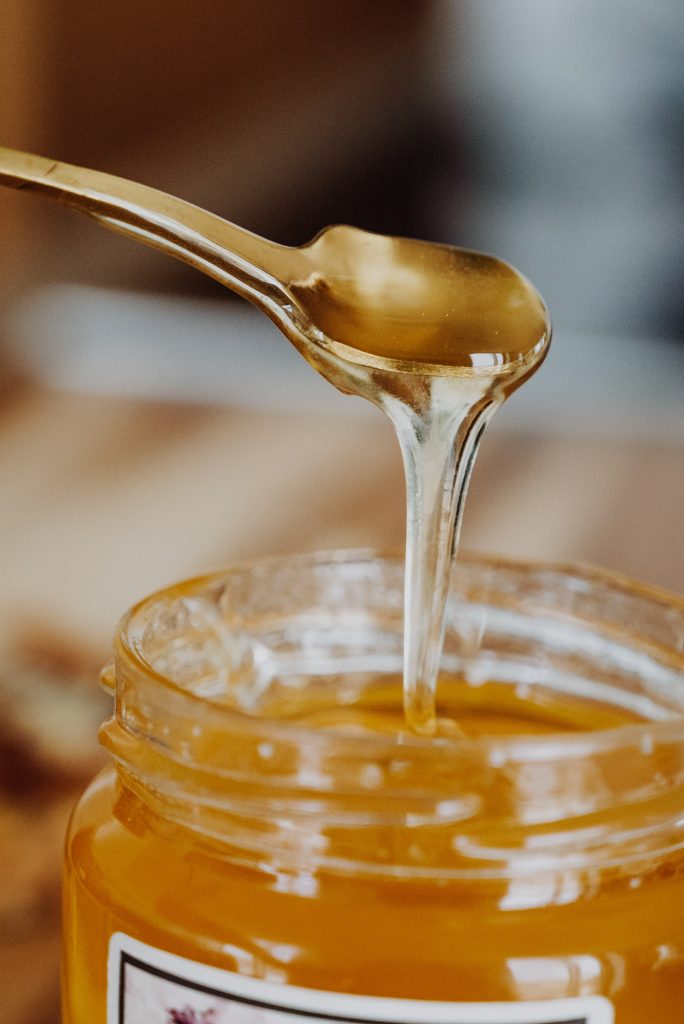
Real-Life Tests
Real-life experiments using the flame test reveal that honey’s flammability characteristics are heavily influenced by its moisture content and chemical composition. In laboratory tests, honey failed to ignite, demonstrating its high moisture content’s role in preventing combustion.
Experiment participants were surprised to see honey does not easily catch fire when exposed to flame. These findings underscore the importance of understanding honey’s true chemical and physical properties.
Safety Tips When Using Honey
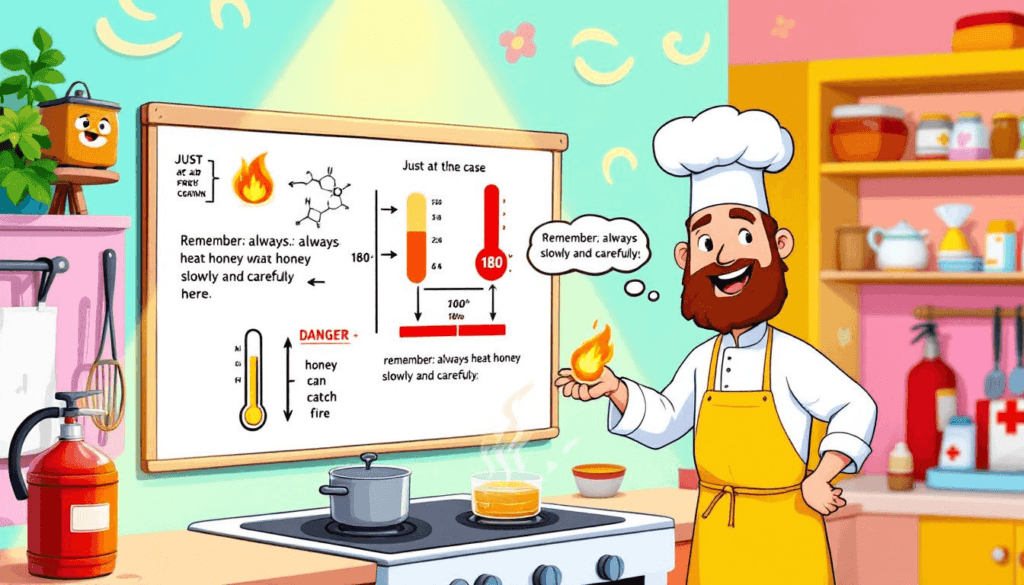
When using honey, especially in cooking or heating, it’s essential to be aware of its flammability potential. Honey with reduced moisture levels is more likely to ignite due to the higher concentration of sugars.
For safe practices, be cautious of honey’s high sugar content, which can cause rapid burning if mishandled.
Heating Honey
The optimal temperature for liquefying honey is between 35-40°C (95-104°F), which helps prevent nutrient loss and degradation. To avoid burning, it is recommended to use gentle heating methods like a water bath.
Warming honey gently prevents degradation of its quality and nutritional benefits.
Cooking with Honey
To prevent honey from burning when cooking, it should be added towards the end of the cooking process. Slow heating methods are recommended to liquefy honey without compromising its quality or burning.
Following these practices allows honey to enhance your recipes safely without risking accidental combustion.
Benefits of Pure and Organic Honey

Pure and organic honey offers numerous health benefits. Raw honey is rich in antioxidants, which help protect the body from oxidative damage, and its antibacterial and antifungal properties can support wound healing.
Using pure honey provides essential nutrients, making it a delicious alternative to refined sugar. Raw honey may also assist in soothing sore throats, alleviating cough symptoms, and even improving brain health by providing neuroprotective effects.
How to Identify Fake Honey
Honey is among the top three frequently adulterated foods due to its high market value, leading to practices like mixing it with sugar syrup. Real honey crystallizes over time, whereas fake honey may remain liquid indefinitely. Unfiltered honey is often sought after for its natural properties.
Consumers can check for consistency, as real honey tends to be thicker and less runny than fake alternatives. Performing a water test can also indicate purity; pure honey will not dissolve quickly in water. Inspecting the label for ingredients and choosing branded or organic honey are additional tips to ensure authenticity.
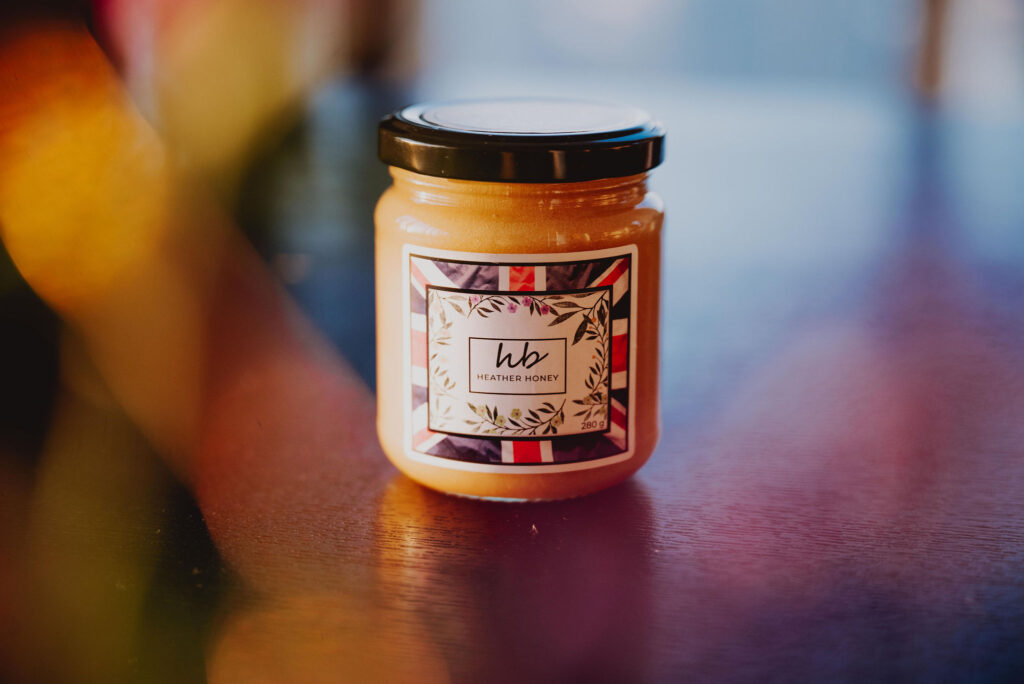
Summary
Understanding the science behind honey’s flammability helps us use it safely and effectively. While honey can catch fire, it requires a significant heat source. Factors such as moisture content and sugar concentration play a crucial role in its combustibility.
By following safety tips and recognizing the benefits of pure and organic honey, we can enjoy this sweet treat without unnecessary risks. Embrace the knowledge shared and make informed choices when using honey in your daily life.
Frequently Asked Questions
Is pure honey flammable?
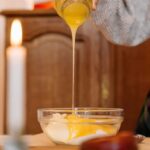
Yes, pure honey is flammable, especially if it has low moisture content. Adulterated honey, which contains added water, is less likely to catch fire.
How does moisture content affect honey’s flammability?
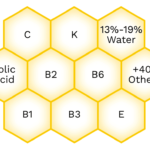
Moisture content significantly affects honey’s flammability; lower moisture levels increase its combustibility, making it more likely to burn when exposed to heat. Therefore, maintaining optimal moisture content is crucial for safety.
Can I prevent honey from burning while cooking?
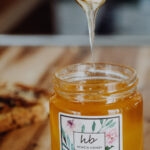
Yes, you can prevent honey from burning by adding it towards the end of cooking and using low heat to gently liquefy it. This approach helps maintain its flavour and nutritional properties.
How can I identify fake honey?

To identify fake honey, look for signs such as crystallization and thickness, as real honey crystallizes over time and is thicker. Additionally, always check the label for ingredients and opt for branded or organic honey for better assurance of authenticity.

